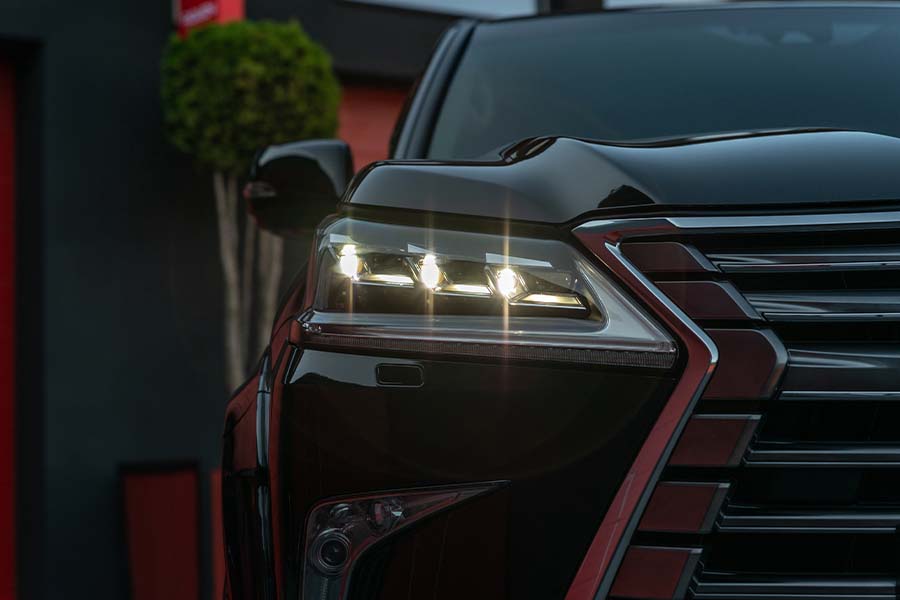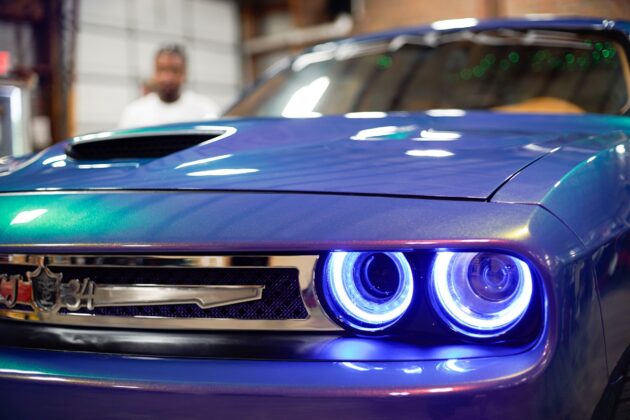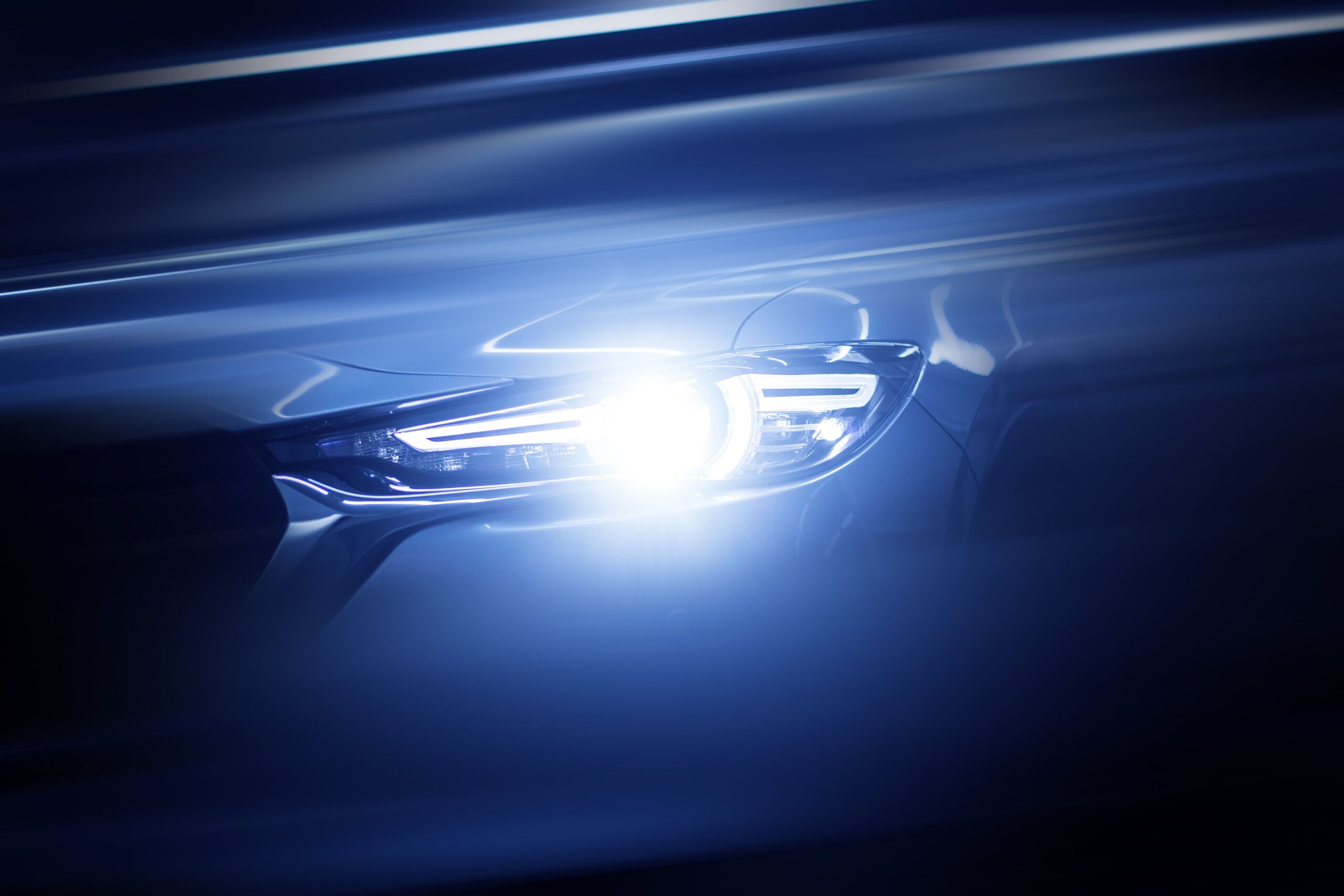A Greener Drive: The Environmental Benefits of LED Headlights
As more and more people are becoming aware of the environmental issues facing our planet, there has been a steady rise in eco-friendly solutions for everyday activities. One such solution is LED headlights, which provide both an energy-efficient and long-lasting lighting alternative to traditional automotive lights.
This article explores the environmental benefits of using LED headlights and how they make driving greener. It looks at their power consumption levels, their impact on greenhouse gas emissions as well as other advantages that come with them.
Finally, it examines why switching to LED headlights can be beneficial not only for the environment but also for your wallet too!
The Positive Impact of LED Headlights on the Environment
LED headlights offer a number of environmental benefits that make them an attractive choice for car owners looking to reduce their carbon footprint. From improved visibility on the road to reduced energy consumption, LED headlights are helping drivers become greener.
One of the most important advantages of LED headlights is their long lifespan compared to traditional halogen or xenon bulbs. LEDs can last between 20,000 and 30,000 hours while halogen and xenon bulbs typically only last around 3,000 hours – meaning you wont need to replace your headlight as often with LEDs.
This significantly reduces the amount of waste generated by replacing old bulbs each time they burn out. In addition to reducing waste from bulb replacement, LED lights require substantially less energy than other types of vehicle lighting solutions like halogen or high-intensity discharge (HID) lights. This lower power consumption leads to greater fuel efficiency which helps reduce CO2 emissions released into our atmosphere every day from cars on the road – making LED headlights another way drivers can help protect our environment from global warming and air pollution.
Finally, LED headlights provide superior visibility on roads in low light conditions as well as night driving situations due to their intense bright light output compared with other automotive lighting options available today. This improved vision allows drivers more safety when navigating dark roads at night or in foggy weather conditions where it might be harder for them to see obstacles ahead without adequate illumination provided by these kinds of lamps.
In conclusion, investing in a set of LED headlights has clear environmental benefits that should not be overlooked when considering ways we can all contribute towards fighting climate change and improving air quality for everyone benefit now and in the future!
Advantages of LED Headlights for Eco-Friendly Driving

LED headlights offer a range of eco-friendly benefits to drivers that make the switch. For one, LED lights are incredibly energy efficient compared to traditional halogen bulbs.
Their enhanced light output allows for improved visibility and safety on the road while consuming less power, resulting in reduced fuel consumption and emissions. Additionally, LEDs last longer than other types of headlight bulbs thanks to their superior durability and low heat production.
This makes them more cost-effective over time since they won’t need replacing as often as other options. Furthermore, LEDs contain no mercury or hazardous materials like other light sources which makes them an even greener choice for environmentally conscious drivers who want to reduce their carbon footprint whenever possible.
LED headlights also tend to be brighter than standard halogens meaning greater visibility at night or in poor weather conditions when you need it most – another major advantage of making the switch!
LED Technology: A Greener Option for Automotive Lighting
LED technology is quickly becoming the go-to choice for automotive lighting as it offers an increasingly greener option to traditional lighting. LEDs have a number of advantages over incandescent bulbs, such as higher efficiency and longer life spans.
LED headlights are also more energy efficient than regular halogen headlamps, using less electricity to produce the same amount of light. The lower power consumption means that vehicles using LED headlights require fewer batteries and can save fuel costs in the long run due to their reduced load on the engine.
Additionally, because they last much longer than other types of headlight bulbs, this helps reduce overall waste generated by cars with traditional lighting systems. Moreover, LED lights produce no UV radiation or infrared emissions which may be harmful to humans or animals in close proximity; making them a safer alternative compared to conventional automotive lighting solutions. All these factors make LED technology an increasingly attractive green option for vehicle owners who want reliable illumination while keeping environmental concerns in mind.
How LEDs are Enhancing Vehicle Efficiency and Reducing Pollution

LEDs are transforming the way vehicles perform and reducing their environmental impact. LEDs offer a number of advantages that make them perfect for vehicle lighting, including increased efficiency, reduced emissions, and improved safety.
Thanks to improved efficiency, LED headlights use less energy than traditional bulbs, resulting in lower fuel consumption and fewer carbon dioxide emissions. This is a major plus for the environment as it reduces overall air pollution from automobiles.
Furthermore, LEDs provide superior visibility at night or in foggy conditions due to their powerful light output and wide beam angle. This can improve driver safety by making it easier to see obstacles ahead on the road.
With an improved lifespan compared to traditional bulbs too, using LED headlights helps reduce waste while also saving money over time on replacing headlight bulbs and maintenance costs associated with older-style lights.
Environmental Benefits of Installing LED Headlights in Your Car
LED headlights have become increasingly popular for their environmental benefits. Installing LED headlights in your car can reduce energy consumption by up to 70%, making them more efficient than traditional halogen bulbs.
In addition, LED lights dont generate heat, meaning they won’t contribute to any rise in the temperature of the car’s engine and other parts that could potentially cause damage over time. Furthermore, LED headlights are built with durable material which means they last longer than regular headlight bulbs and require less frequent replacement – reducing waste over time.
Moreover, replacing traditional halogen bulbs with LEDs also reduces CO2 emissions from cars as they use less electricity overall and therefore have a lesser impact on the environment. Finally, due to their low wattage requirements, switching to LED bulbs also saves money on fuel costs since it requires less power for lighting up the road while driving at night or during stormy weather conditions when visibility is reduced significantly.
Conclusion

LED headlight bulbs are a great way to reduce environmental impact while still providing the same level of light output as traditional headlights. They are more energy efficient, last longer, and require less maintenance than other types of headlights.
Additionally, they can help improve safety by increasing visibility at night and in poor weather conditions. LED lights also create a cleaner look for vehicles due to their lack of glare or hot spots which can be distracting to drivers.
Overall, LED headlight bulbs provide an environmentally friendly option that is both cost-effective and beneficial for motorists.
